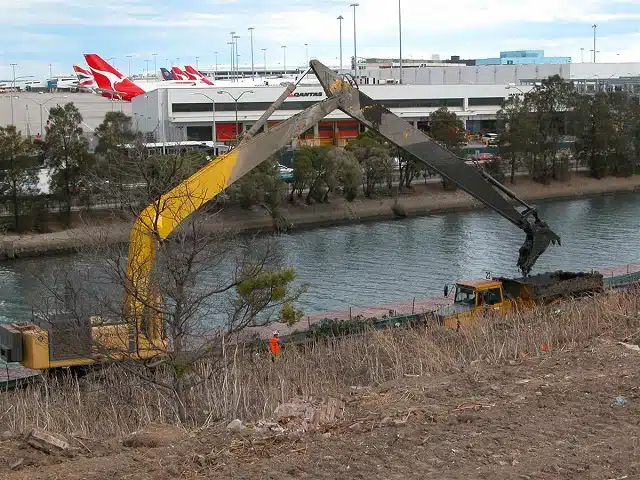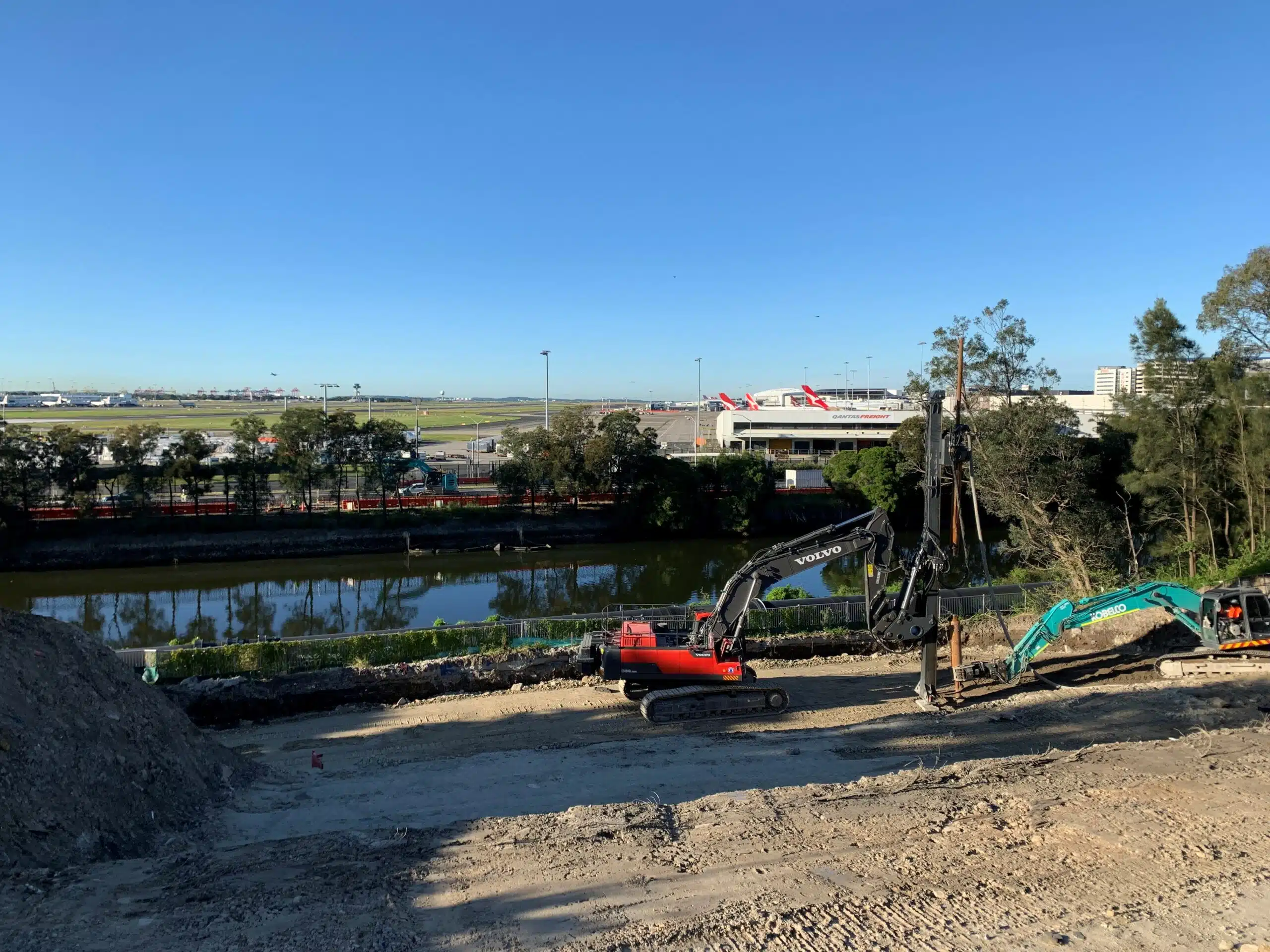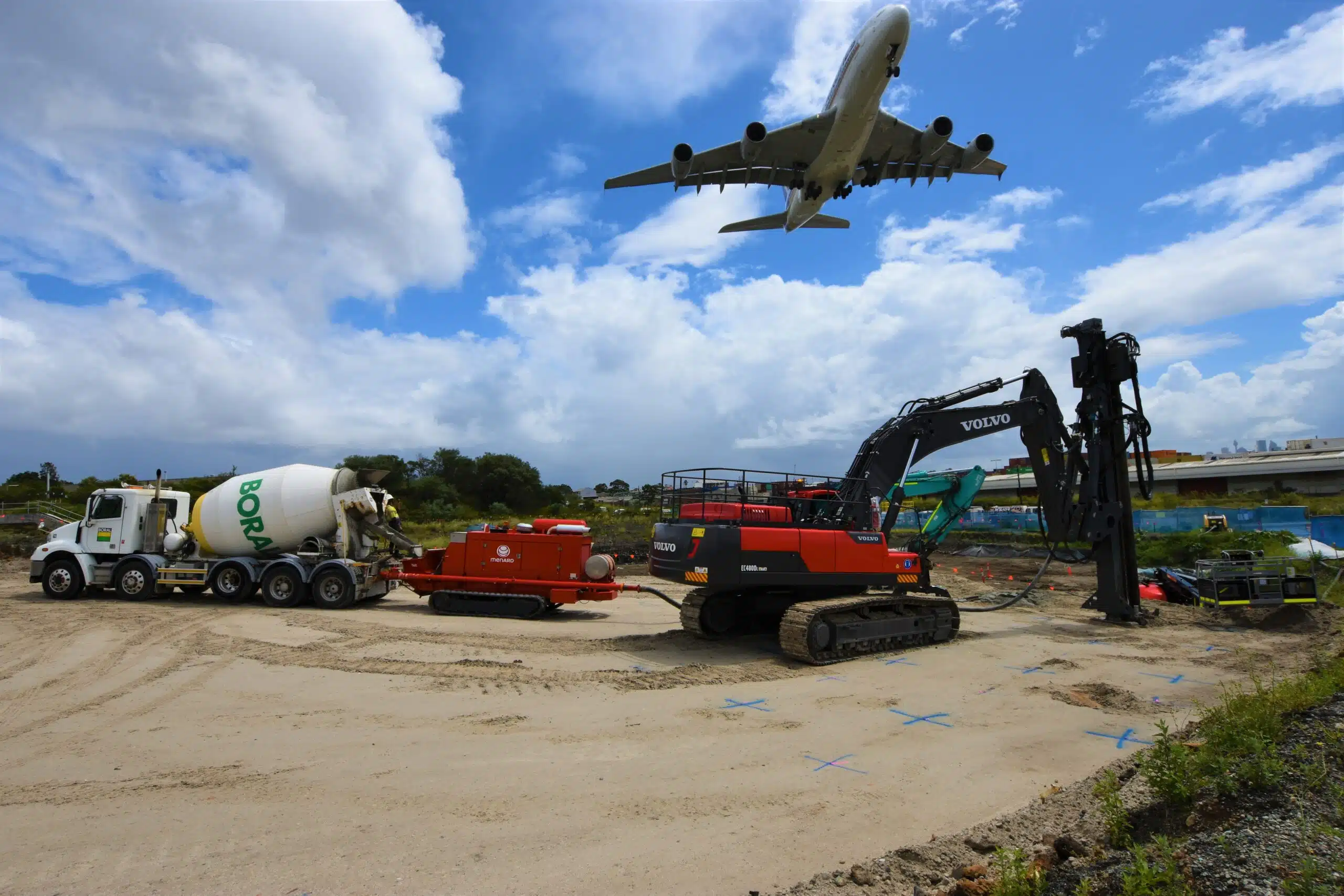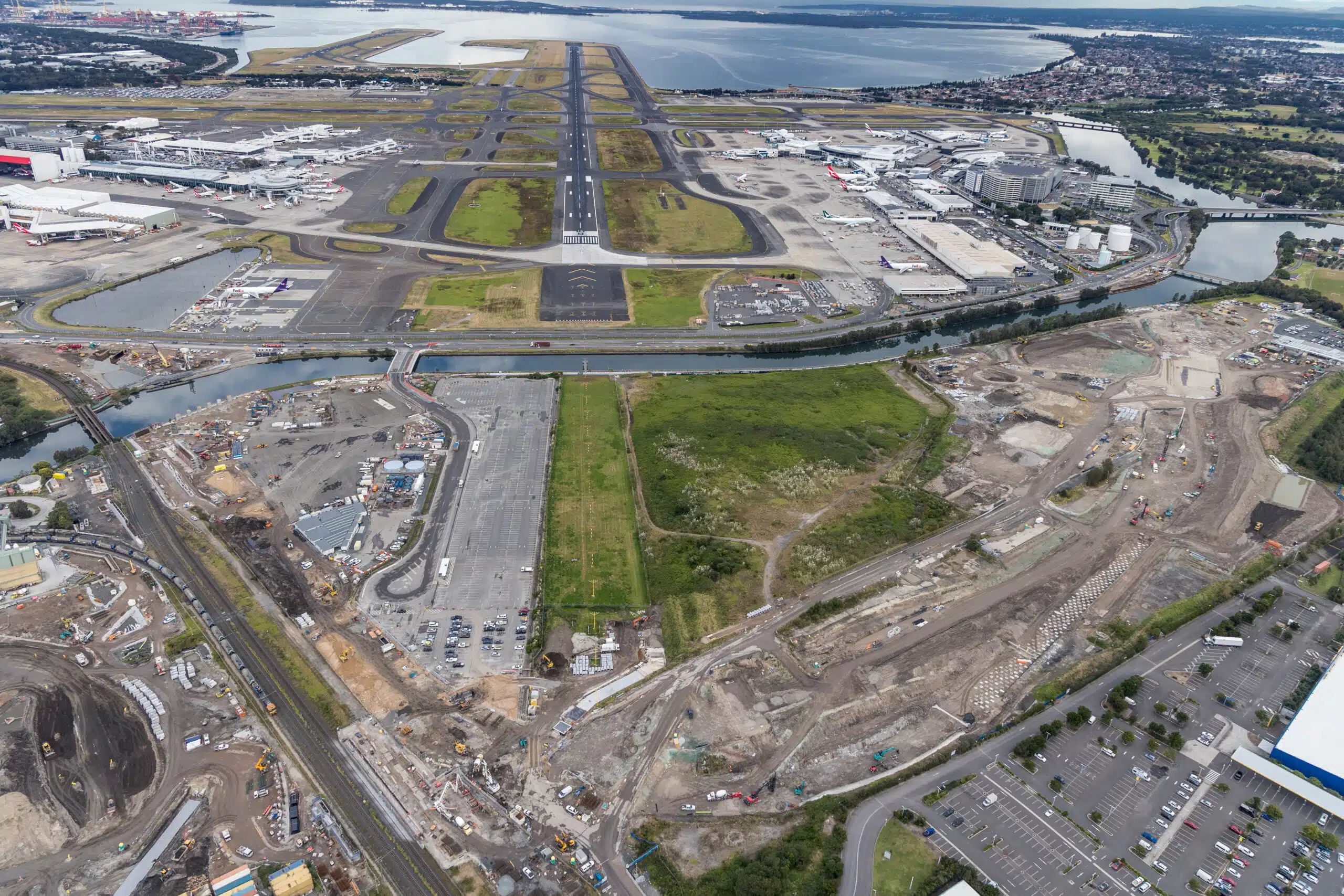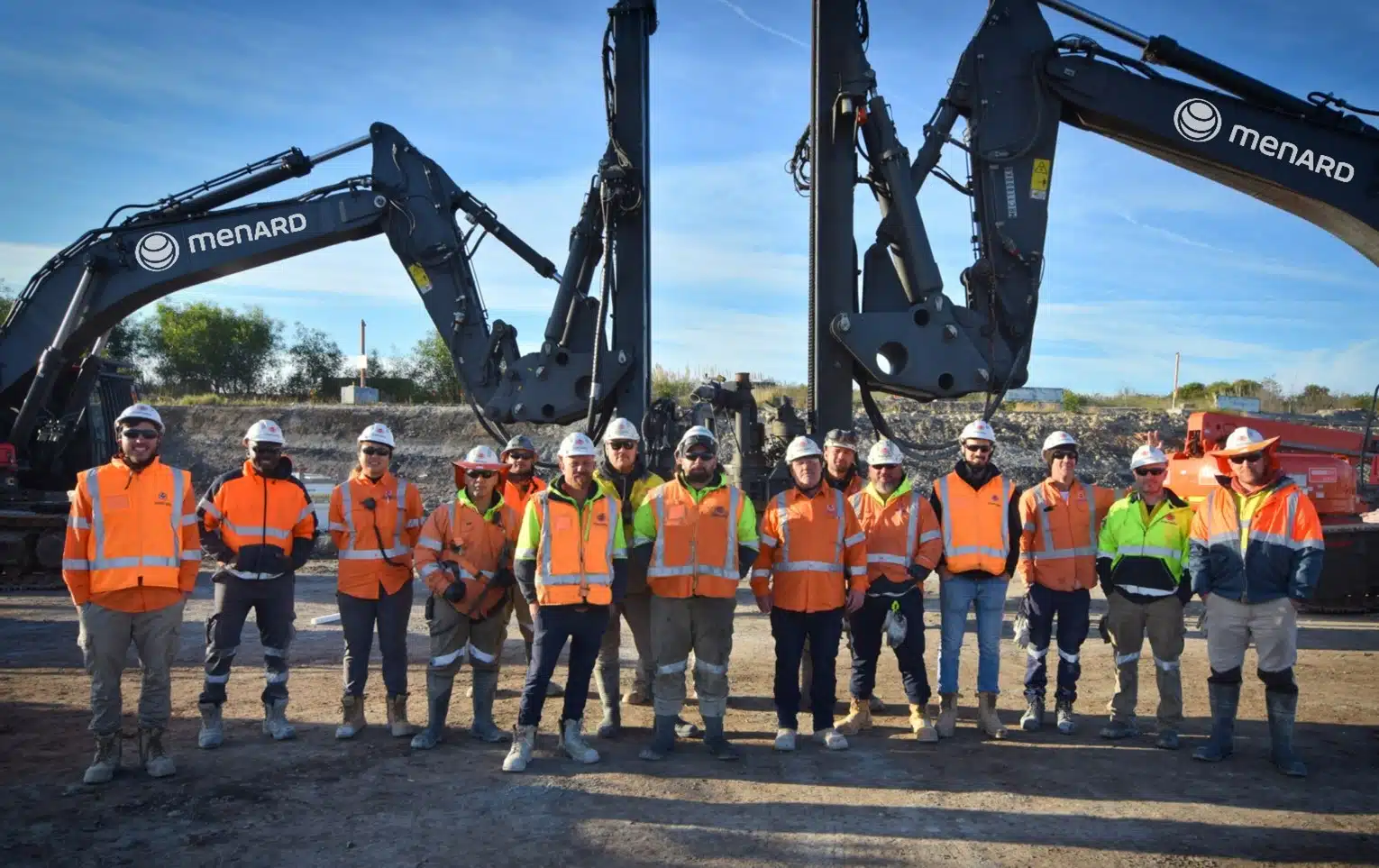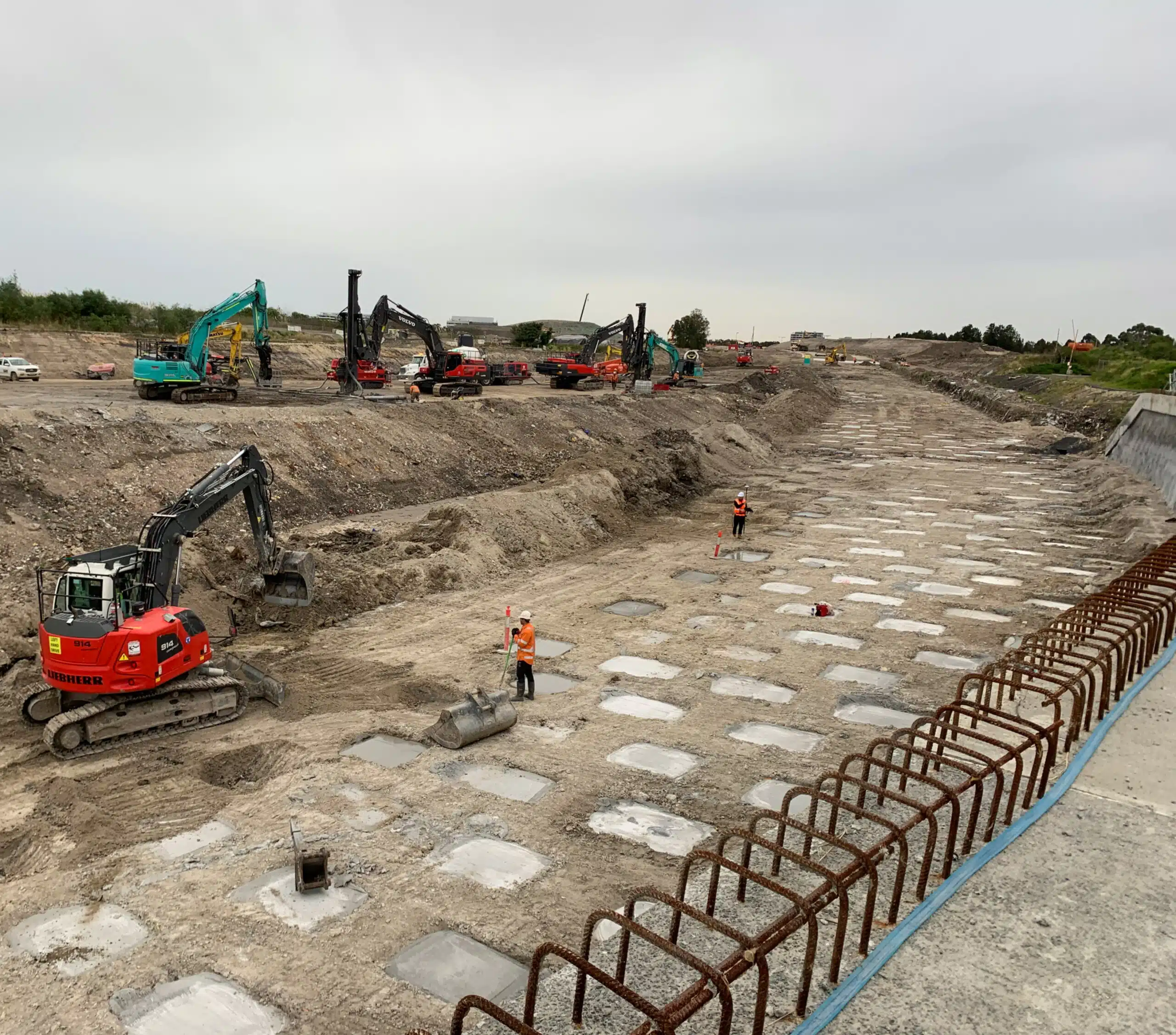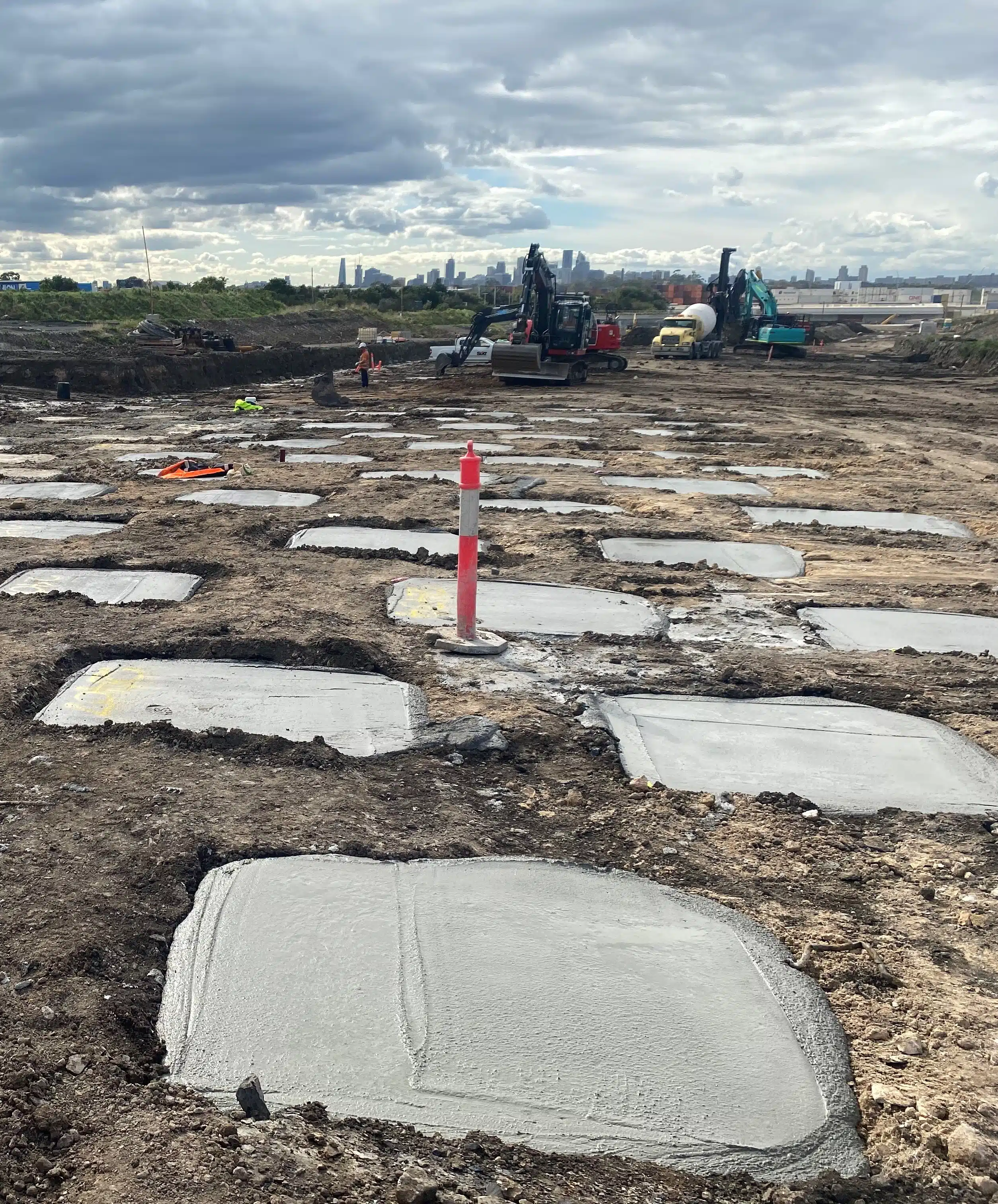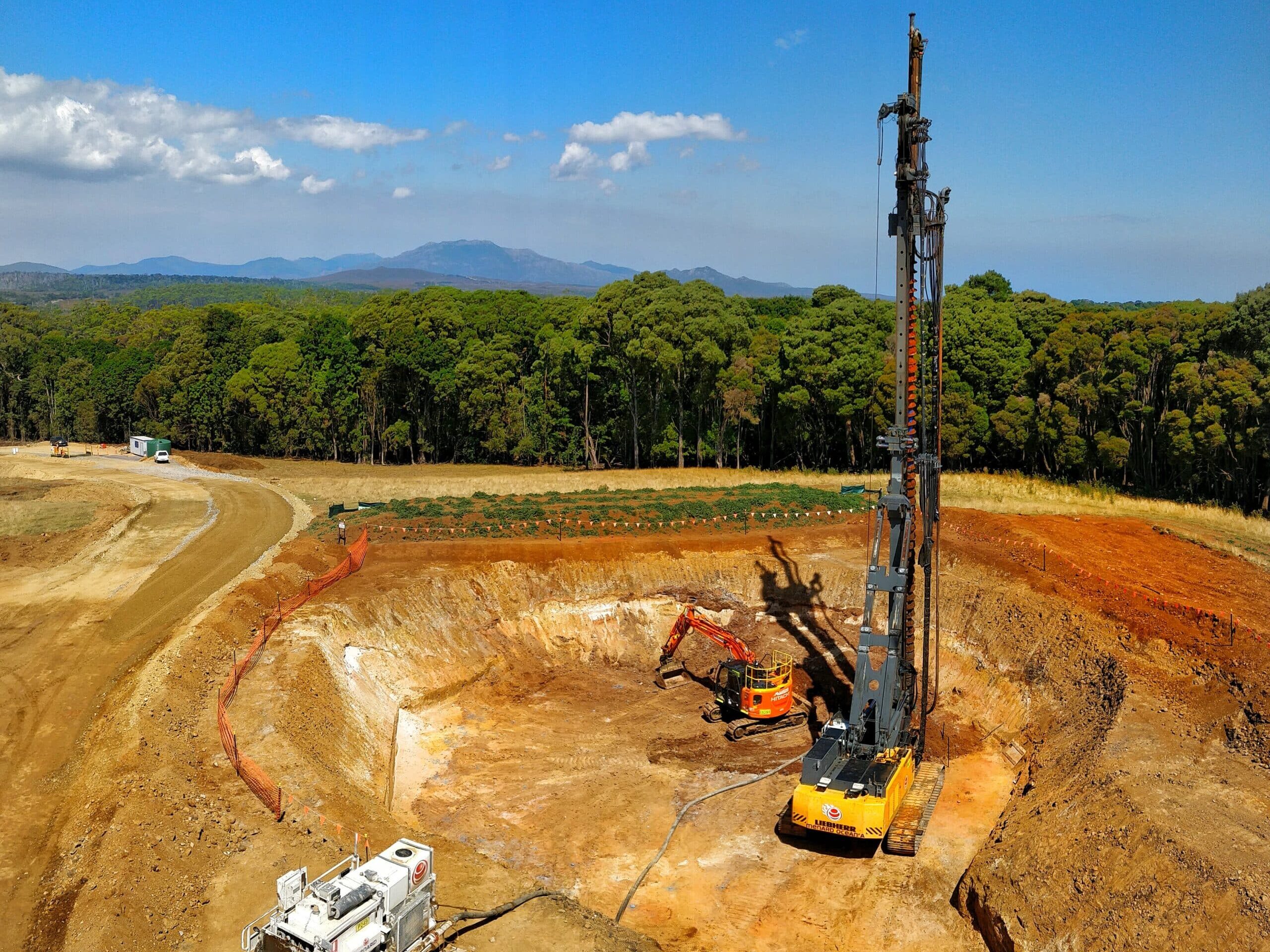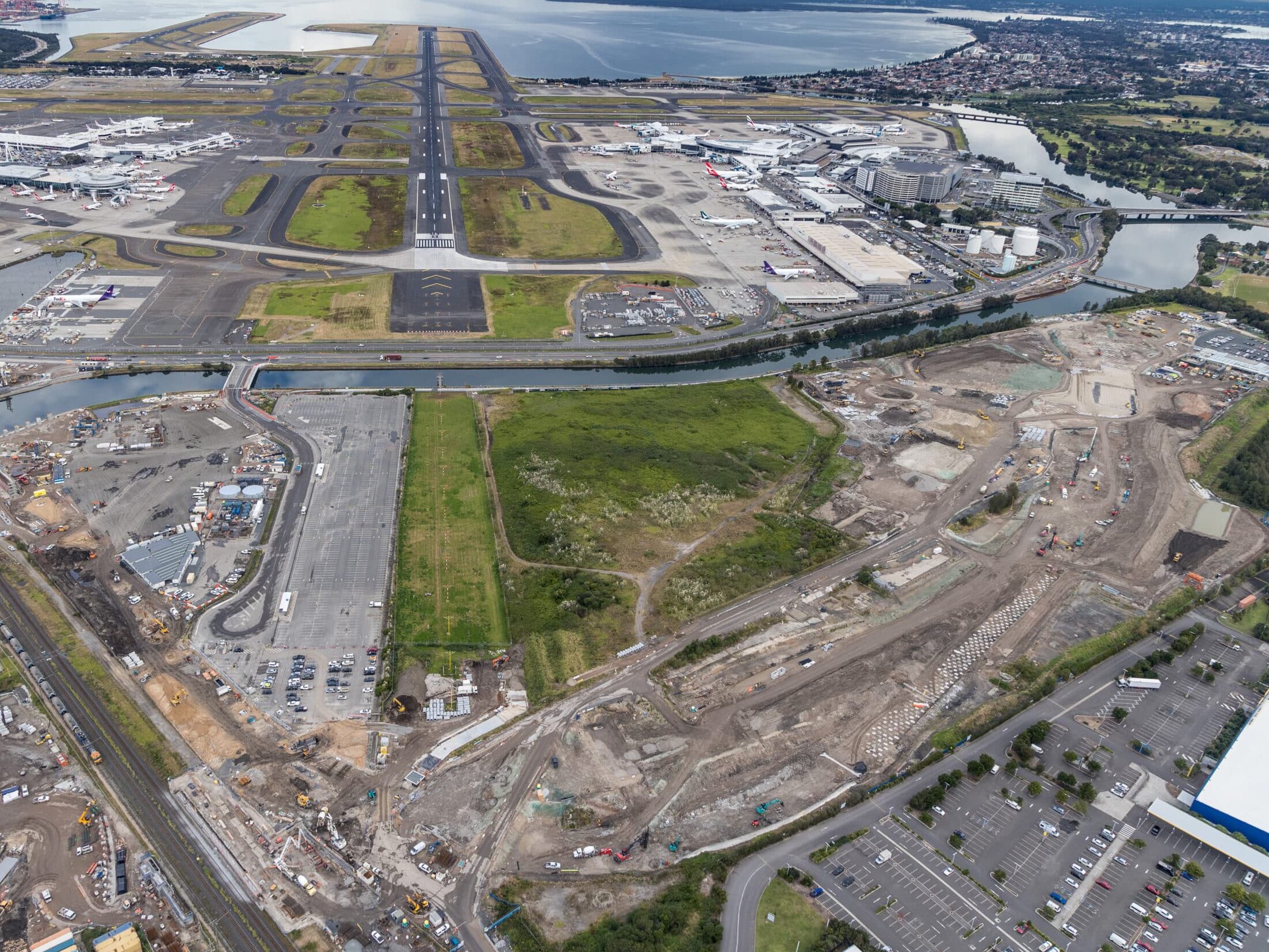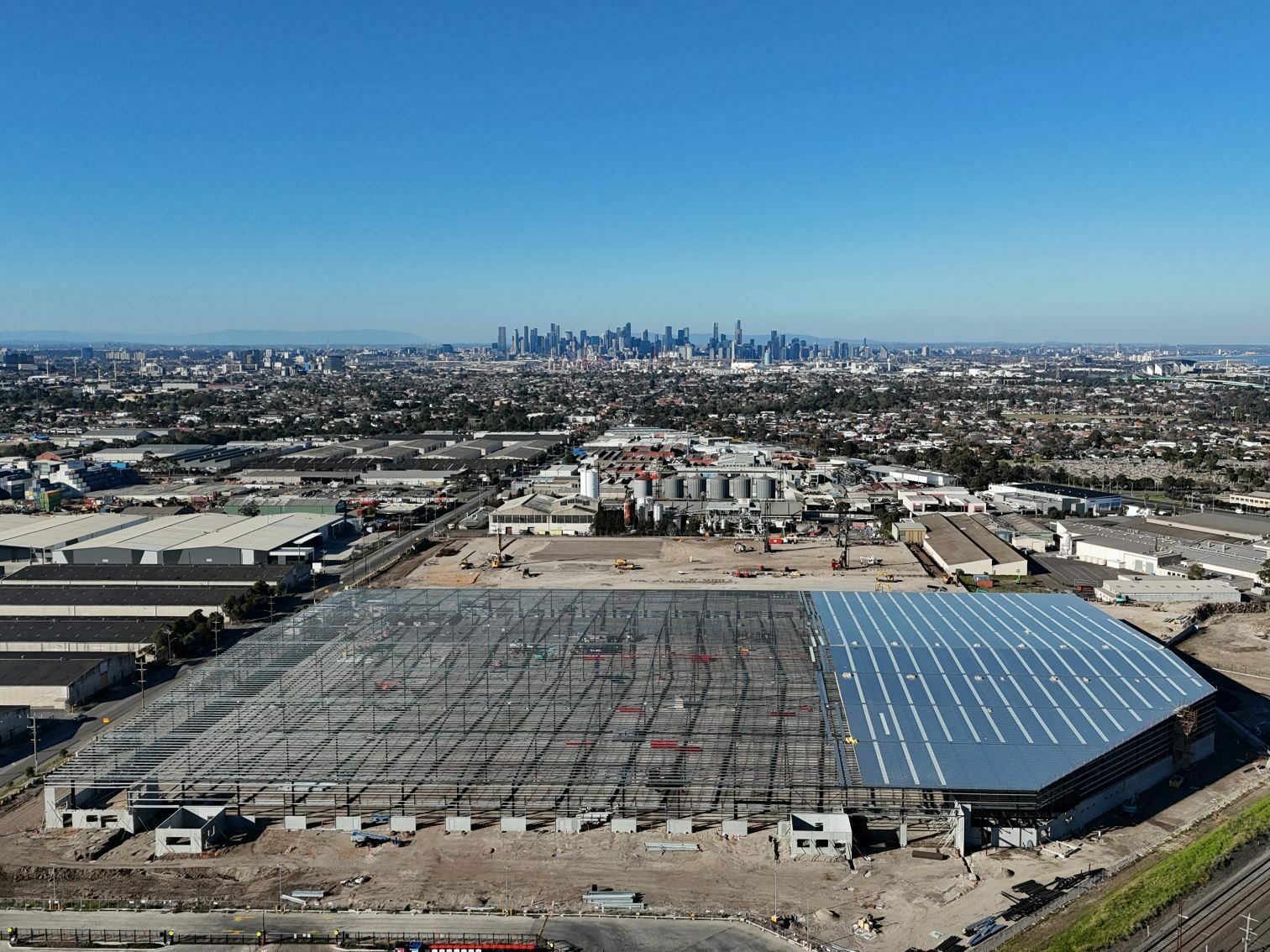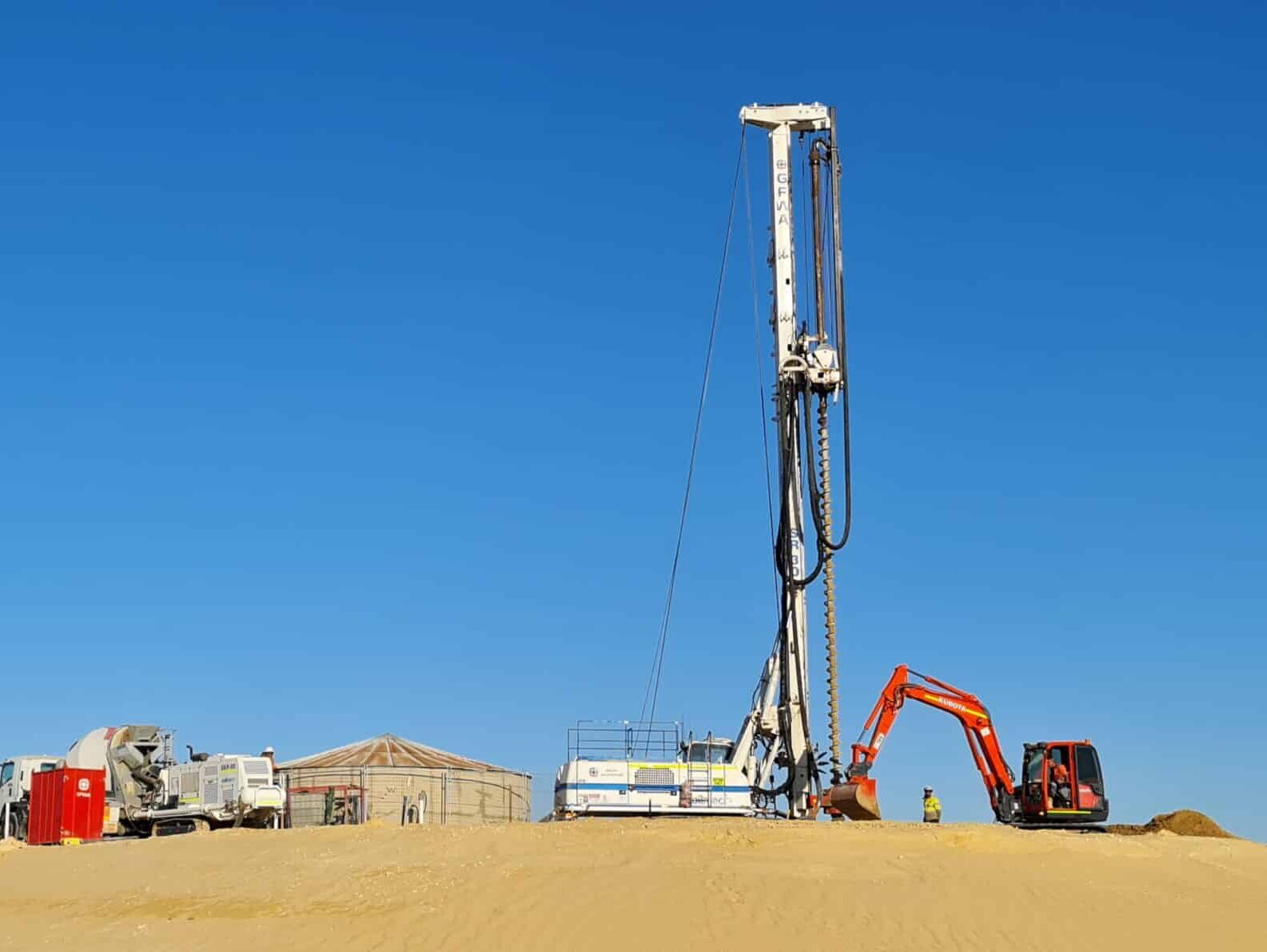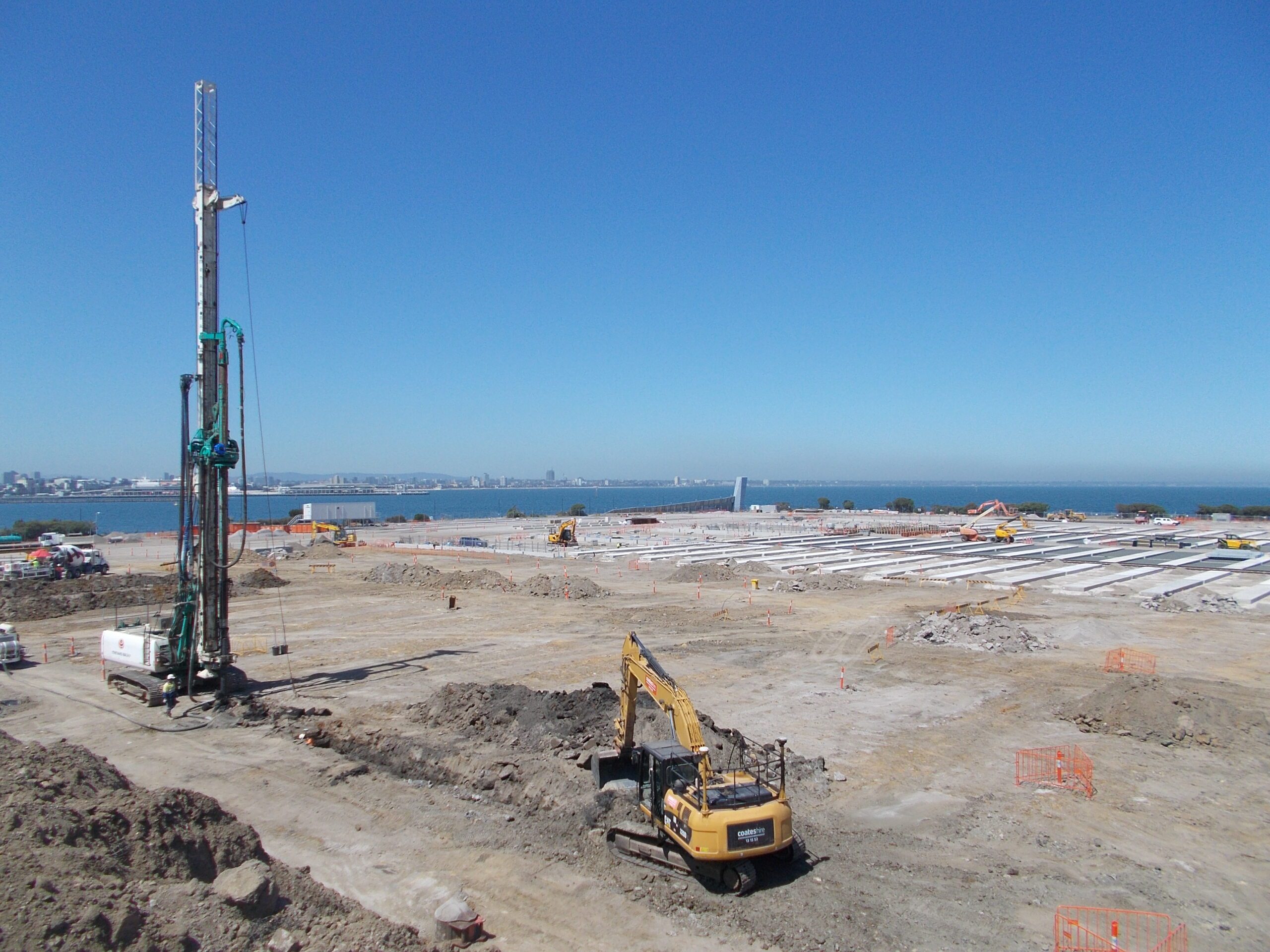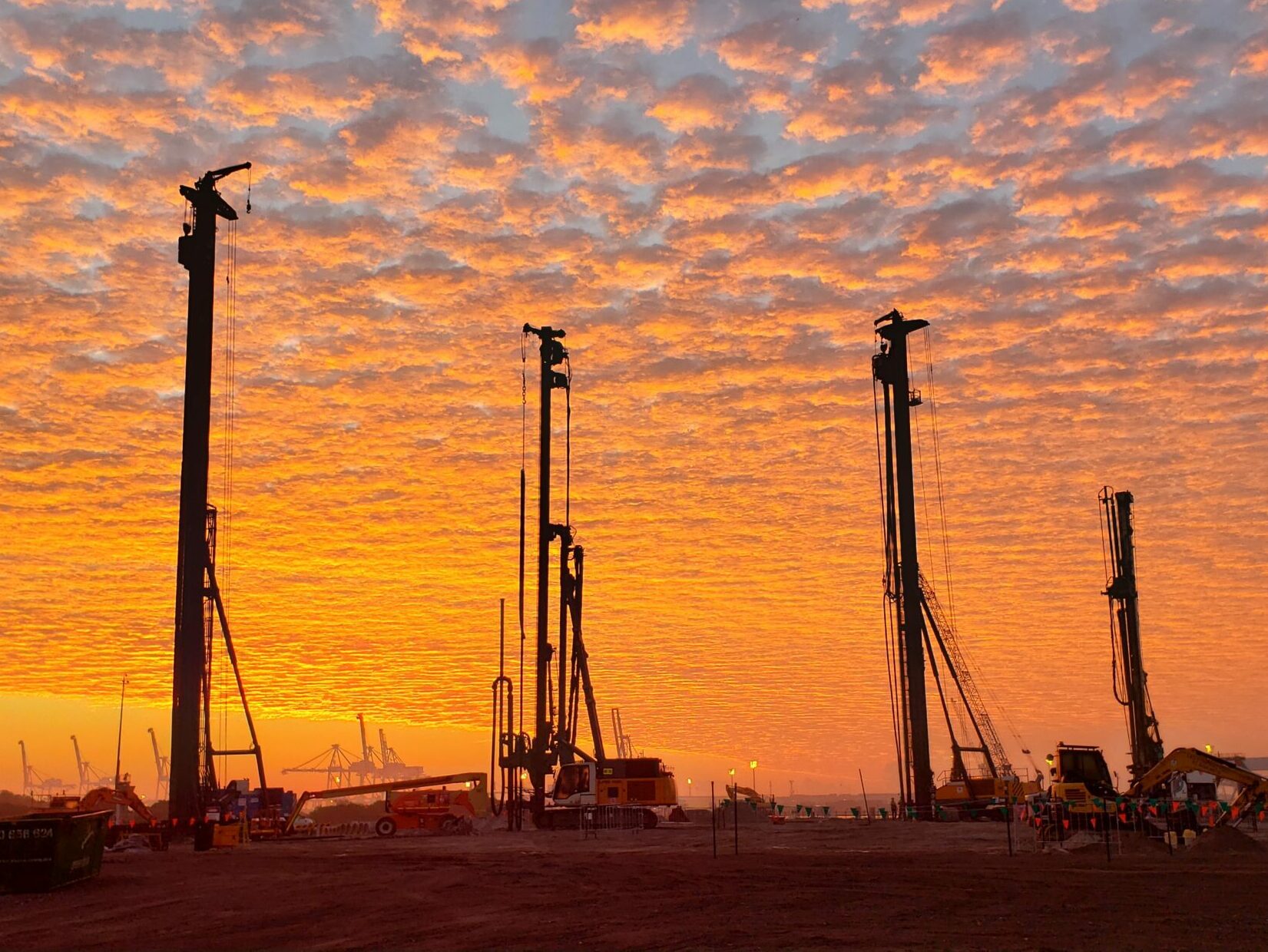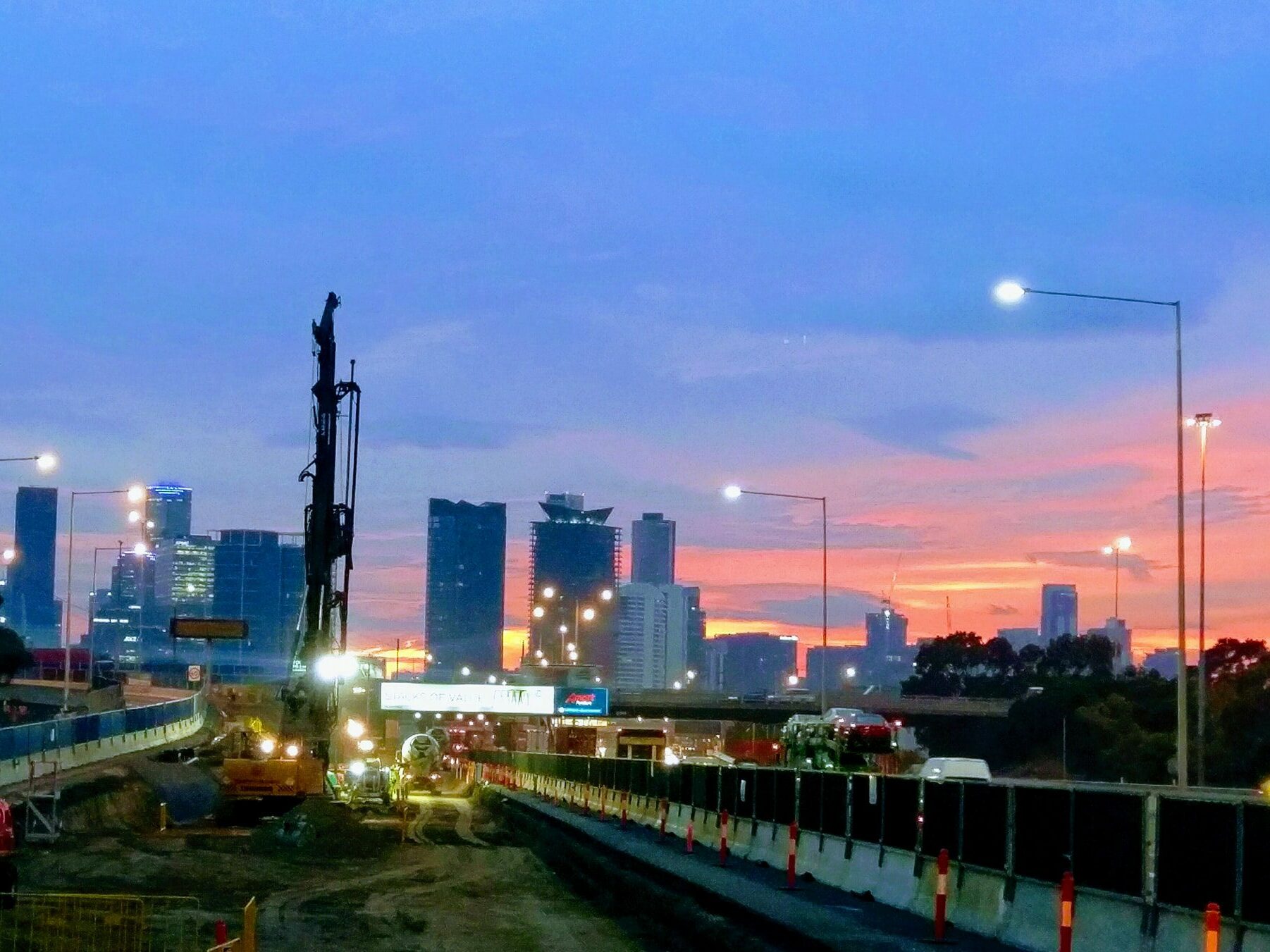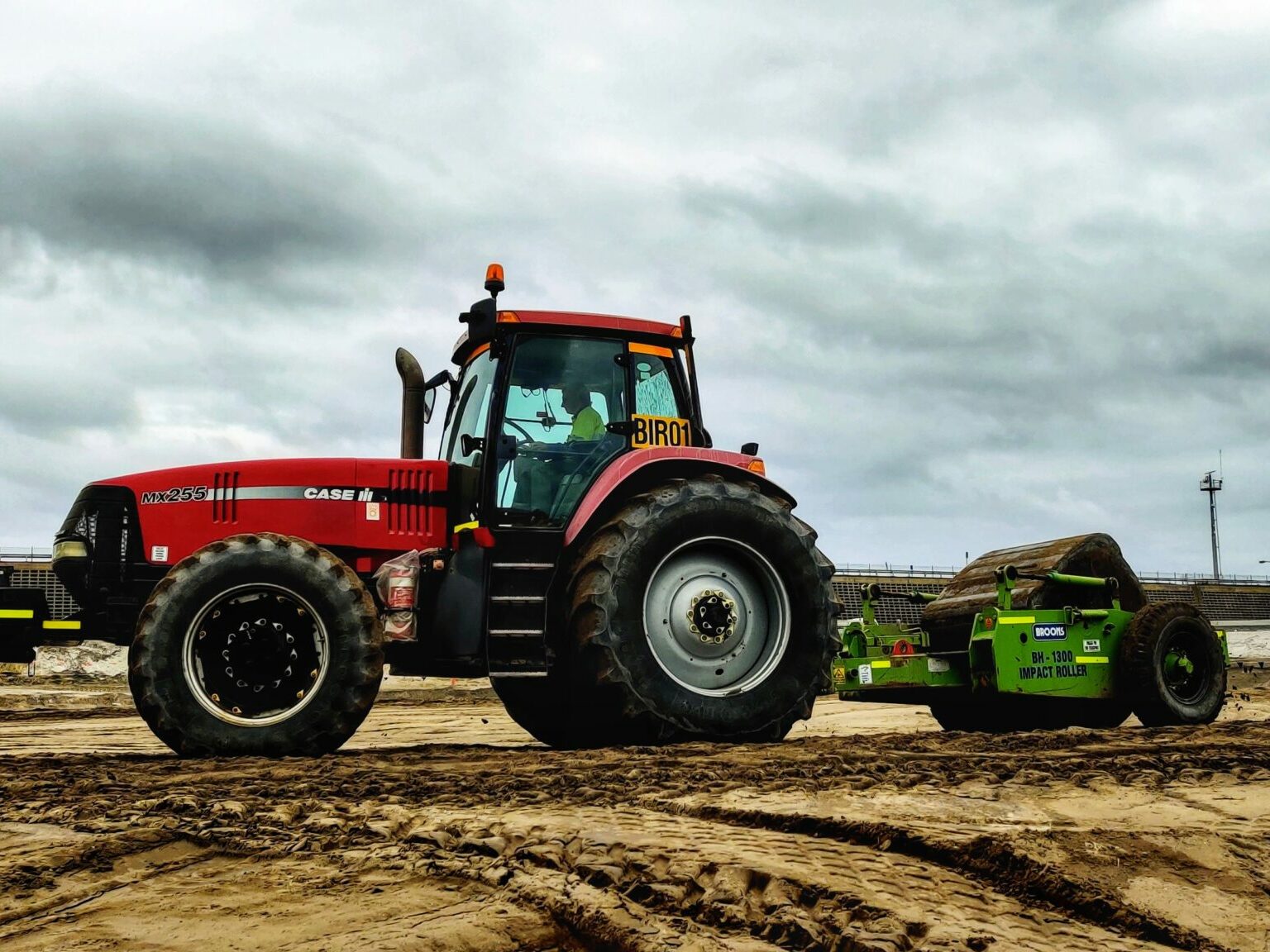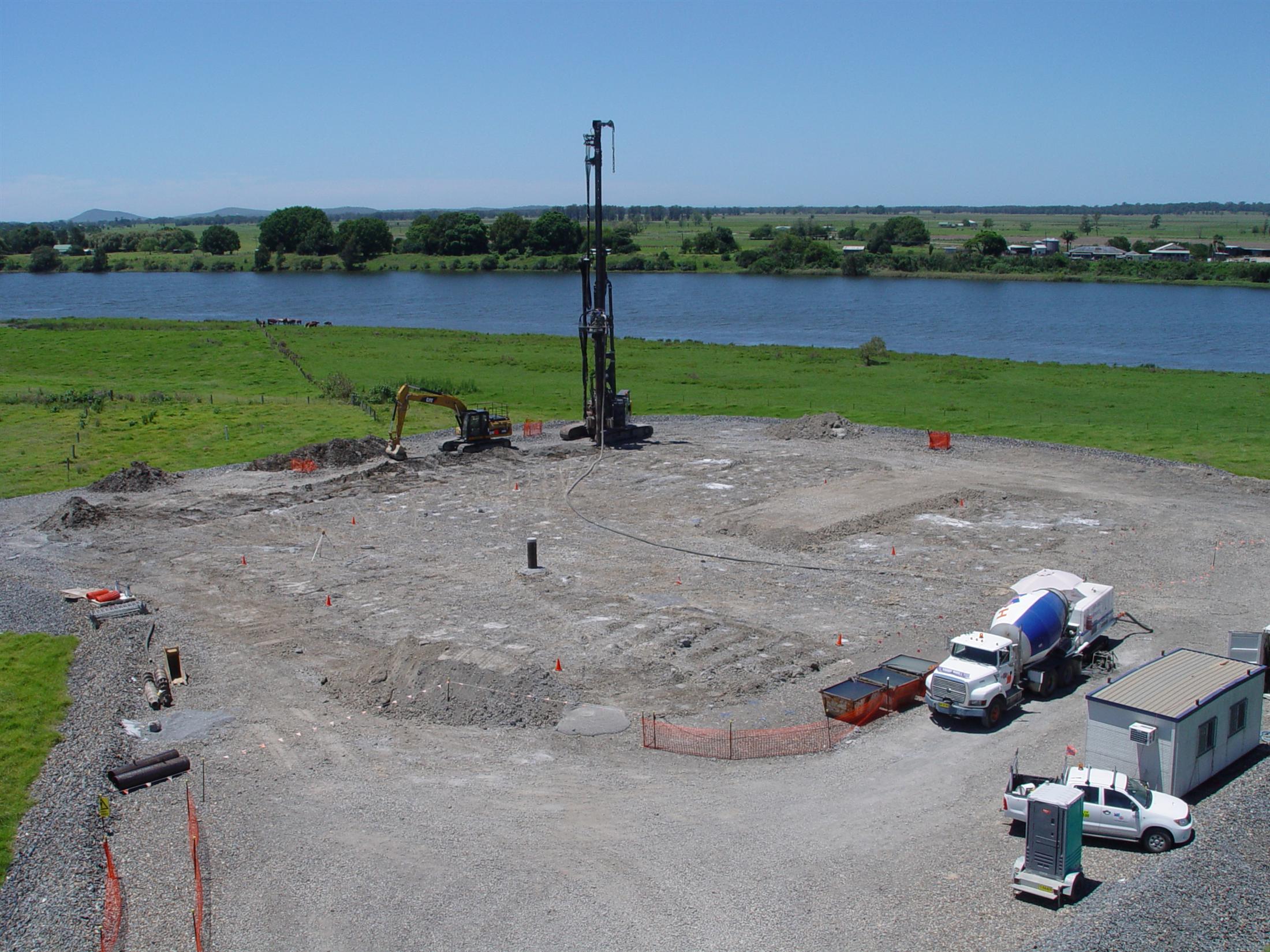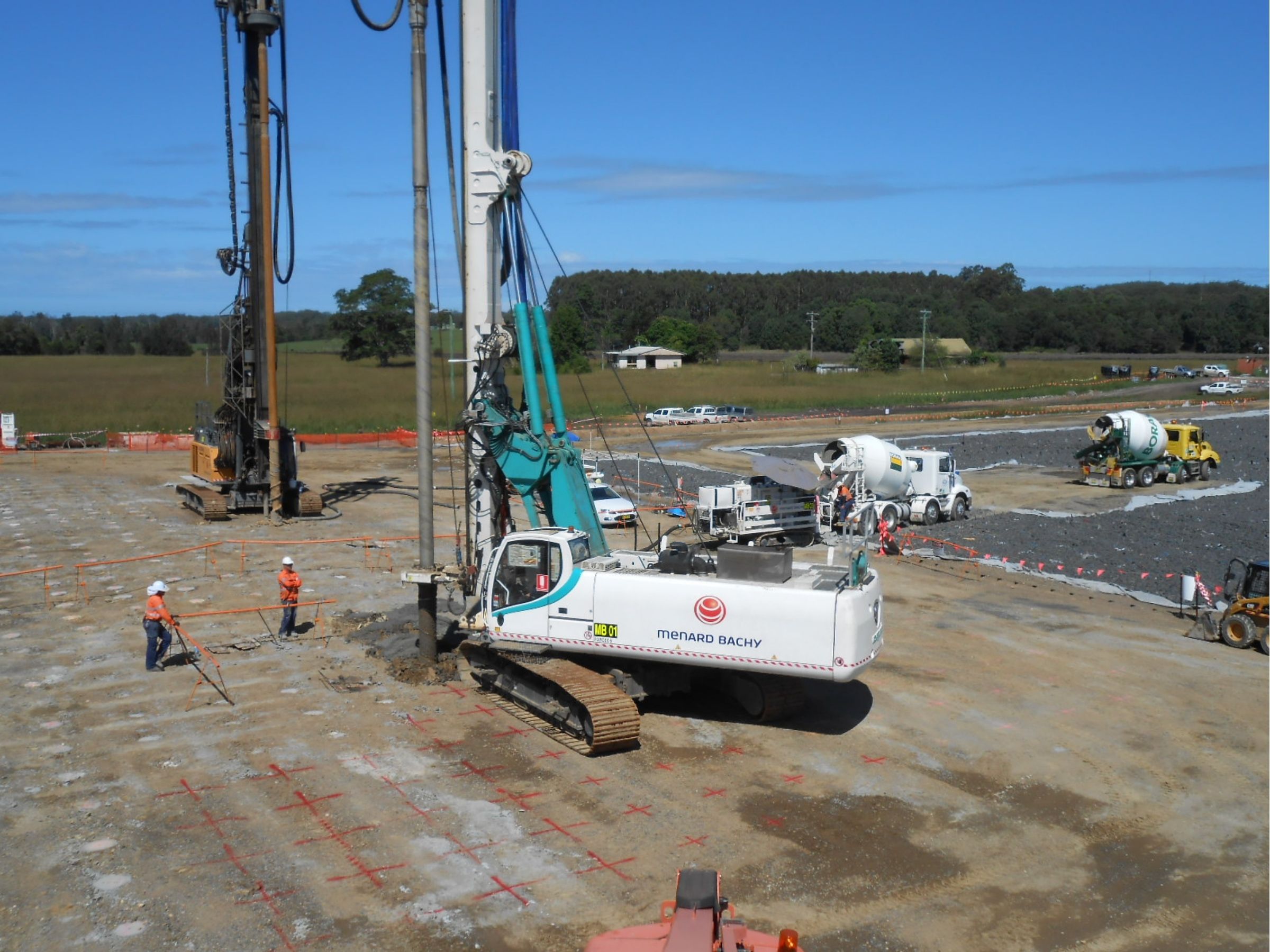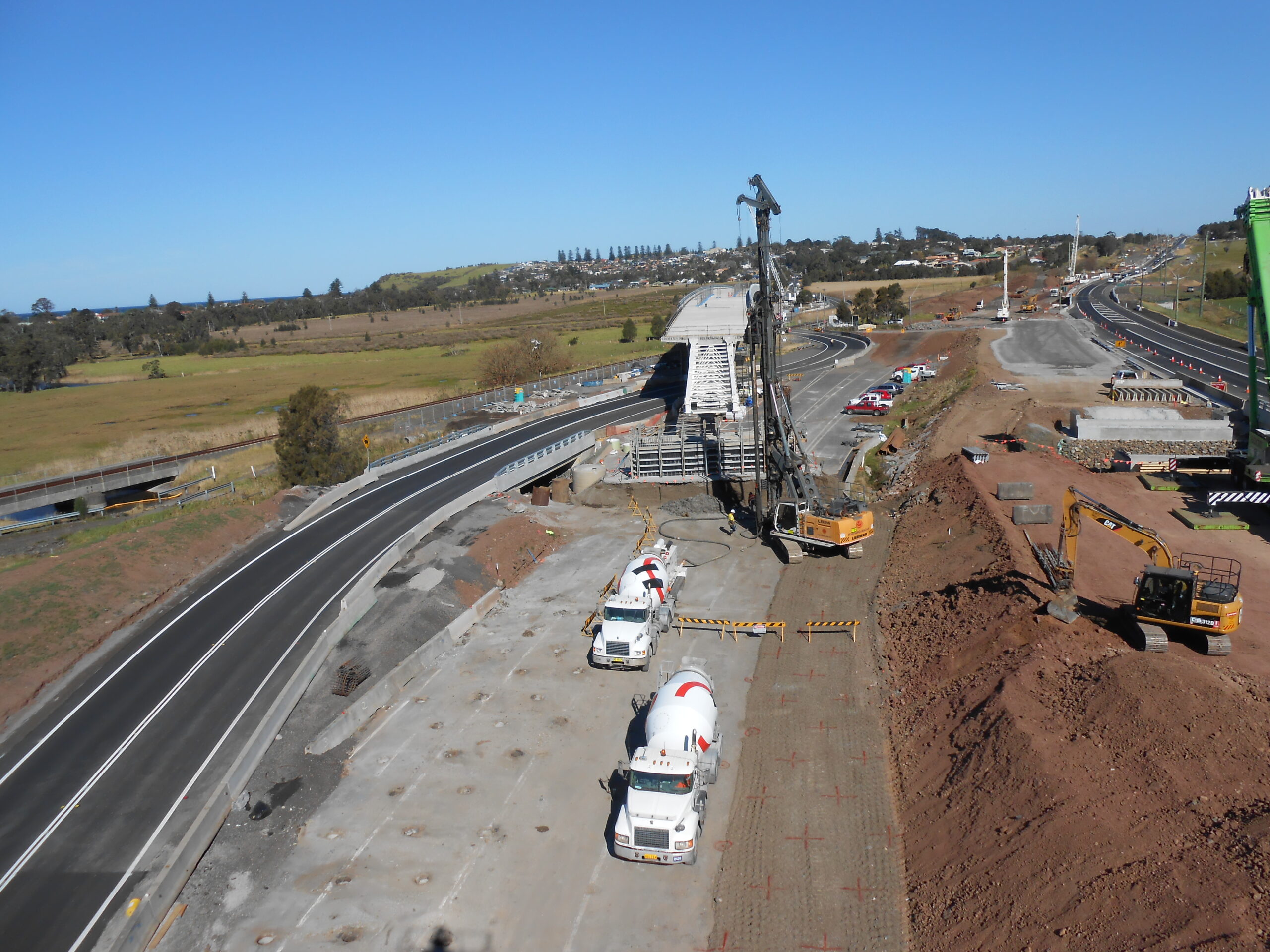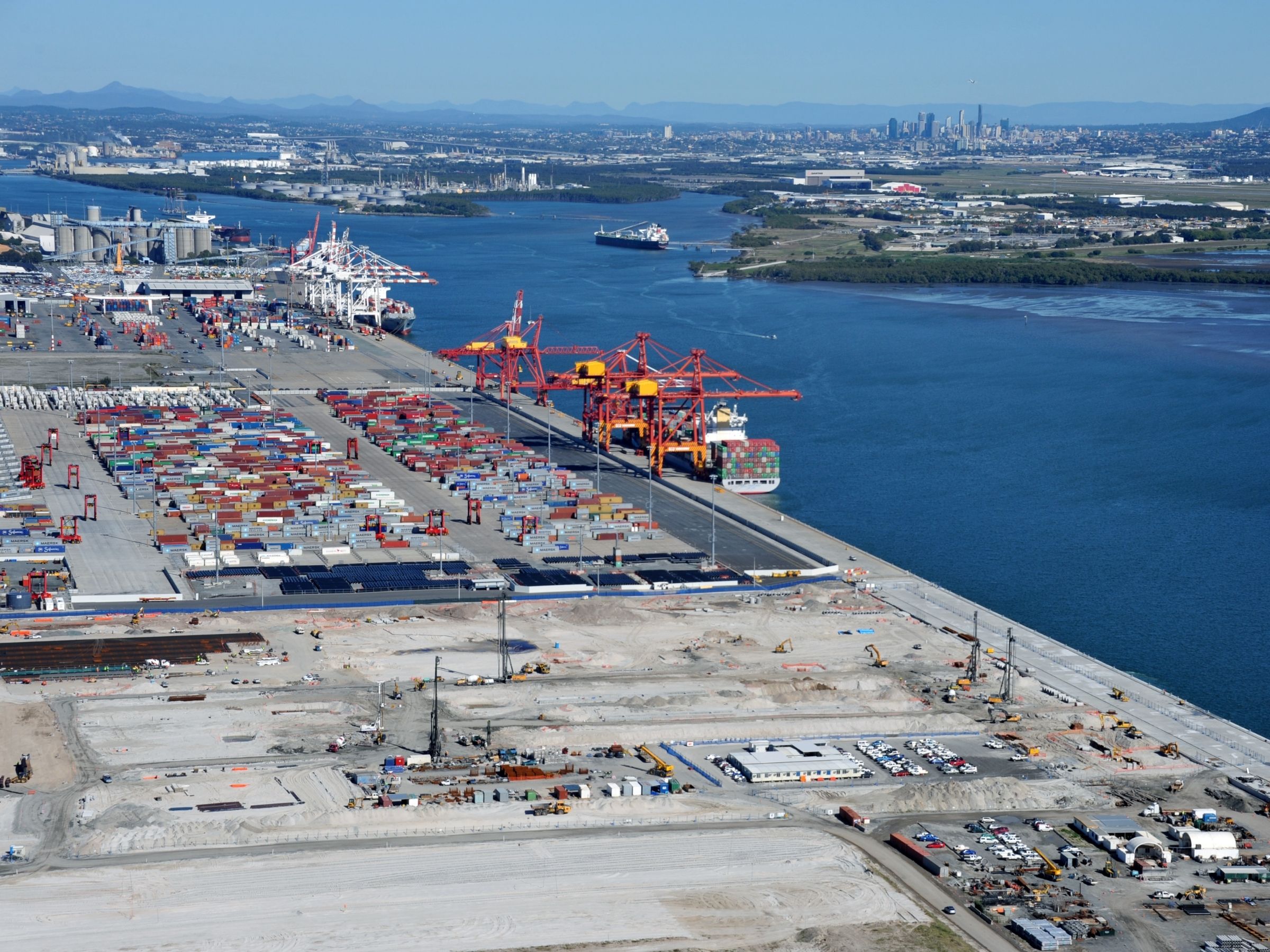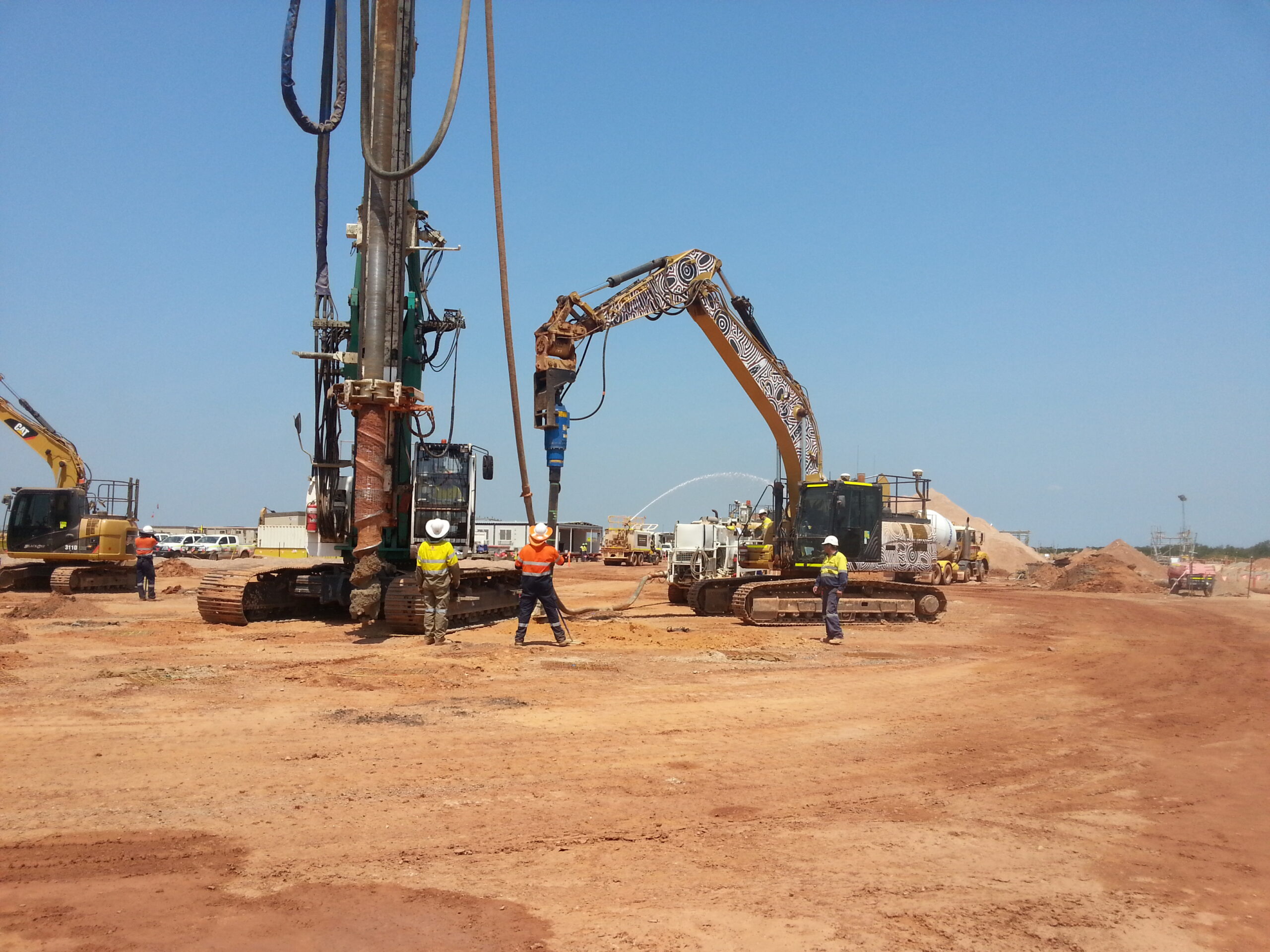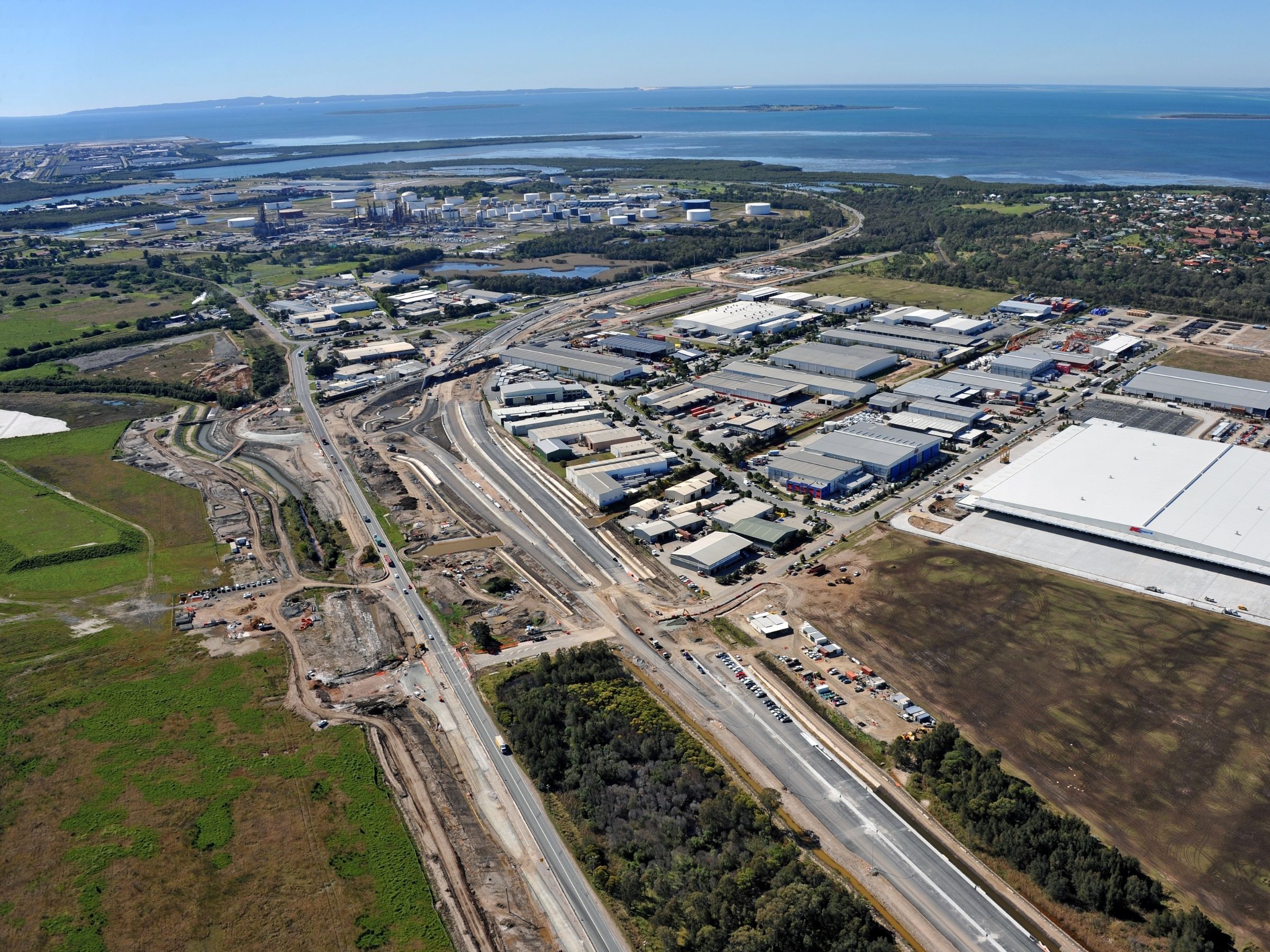Innovative Ground Improvement: A Foundation Solution for the $2.6B Sydney Gateway Project
Menard Oceania delivered a state-of-the-art ground improvement solution for the $2.6 billion Sydney Gateway project, a major NSW Government initiative to transform road access to Sydney Airport and Port Botany. Faced with highly complex ground conditions, including compressible soils and a former landfill, Menard implemented an innovative Controlled Modulus Columns (CMCs) strategy to ensure the long-term stability and performance of critical new infrastructure.
The Challenge: Complex Geotechnical Conditions
The project required extensive ground improvement across 51 separate areas to support new roads, embankments, and bridges. The primary geotechnical challenges included:
- Variable Ground Profile: The site’s geology featured construction waste fill over soft Silty Estuarine Deposits and variable Botany Sands, which ranged from loose sand to soft clay.
- Tempe Landfill: A significant portion of the project was built on the former Tempe Tip, a municipal waste landfill containing unpredictable and unstable materials.
- High Water Table: Proximity to the Alexandria Canal meant the water table was often just 500mm to 1m below the surface, complicating construction.
Without a robust foundation solution, the new infrastructure was at risk of excessive settlement and instability.
The Solution: Advanced Controlled Modulus Columns (CMCs)
Engaged early in the design phase by the John Holland Seymour Whyte Joint Venture (JHSWJV), Menard provided a comprehensive ground improvement solution centered on the installation of Controlled Modulus Columns (CMCs).
This approach was designed to control settlement and significantly improve the soil’s bearing capacity. The project’s immense scale saw the installation of over 9,800 CMCs, totaling more than 130,000 linear metres.
Innovation Spotlight: World-First Low-Headroom Rigs
A key obstacle was the Obstacle Limitation Surfaces (OLS) height restrictions imposed by the nearby Sydney Airport. To overcome this, Menard designed and built custom low-headroom CMC rigs—a world-first for this application.
- Custom Design: These rigs could operate with working clearances as low as 7 metres while installing CMCs up to 18 metres deep.
- Rapid Deployment: This previously unfeasible solution was developed and deployed in just six months, keeping the project on schedule.
Sustainable Engineering and Value Creation
Menard’s commitment to sustainability and efficiency was central to the project’s success.
- Material Reduction: By optimising the design, we achieved a 35% reduction in concrete use, materials, and associated emissions.
- Cement Innovation: In collaboration with material suppliers, Menard pioneered a custom grout mix that significantly lowered the project’s carbon footprint in line with our goal to reduce CO2 emissions by 40% by 2030.
By integrating technical expertise with innovative and sustainable practices, Menard delivered an efficient, cost-effective, and high-quality foundation solution that met every key project objective.
